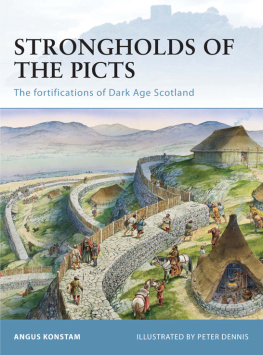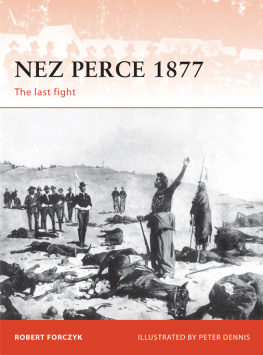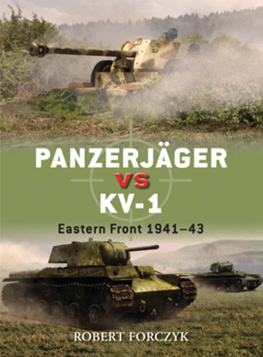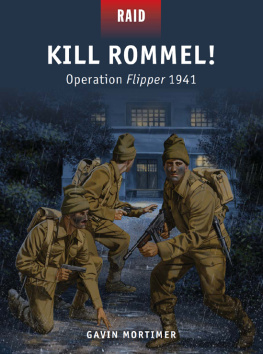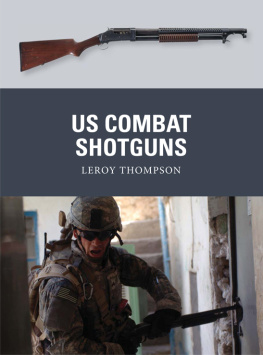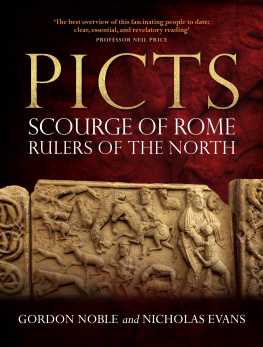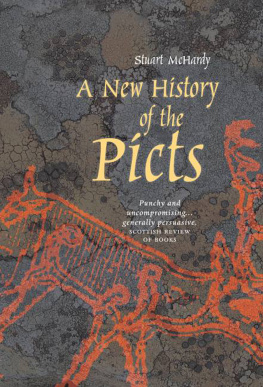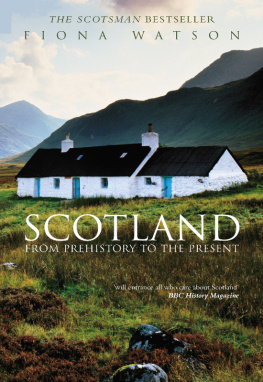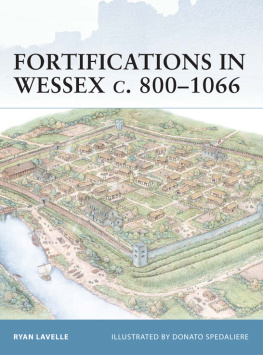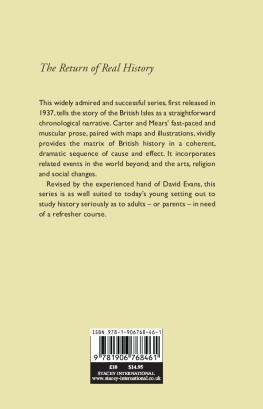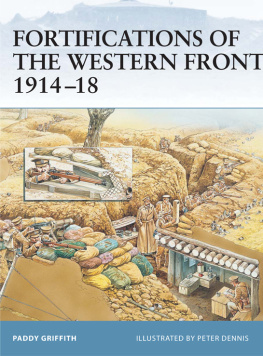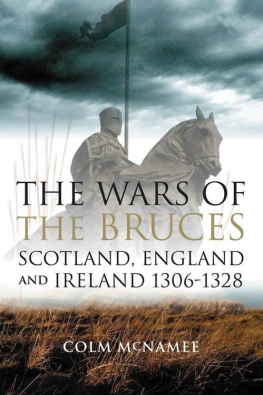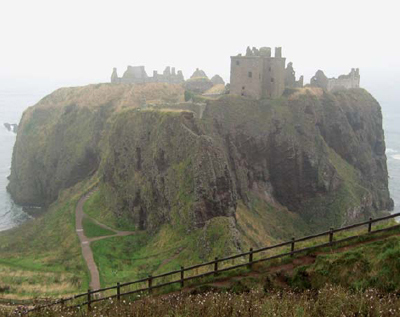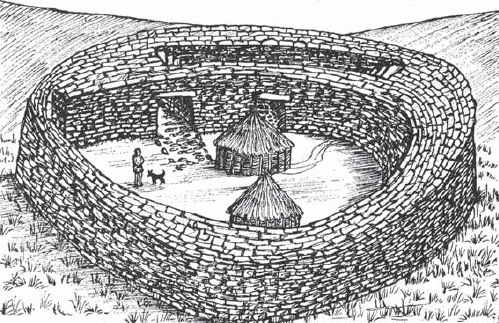FORTRESS 92
STRONGHOLDS OF THE PICTS
The fortifications of Dark Age Scotland
| ANGUS KONSTAM | ILLUSTRATED BY PETER DENNIS |
Series editors Marcus Cowper and Nikolai Bogdanovic
CONTENTS
STRONGHOLDS OF THE PICTS
THE EARLY HISTORIC FORTS OF SCOTLAND
INTRODUCTION
The Picts have long been a historical enigma. In 1955 a long-awaited academic study of the Early Historic inhabitants of northern Scotland was published. The books editor Dr F. T. Wainwright was quite frank about the lack of available evidence. For generations, scholars had been baffled by these enigmatic people and the scant legacy they left behind them. Appropriately enough, Wainwright called his book The Problem of the Picts.
While the book was something of a milestone, many important problems remained unresolved. Scholars were still unable to agree on what language these people spoke, what the meaning of their strange carved stones was, or even what happened to them. Over the past 50 years a significant body of new archaeological and historical information has been unearthed. This greatly improves our knowledge of the Picts, and their fellow inhabitants of the land we now know as Scotland. Important new studies have been written, and some of these have even tackled the way these Dark Age peoples fought their enemies, and showed how they relied on fortifications to dominate the countryside.
The Picts certainly needed strongholds. For a people on the edge of the known world they seemed to be surrounded by enemies. To the south-west lay the Britons of Strathclyde, whose kings ruled from the imposing fortress of Alt Clut (now Dumbarton). The Britons to the south-east were less able to defend themselves, and eventually their lands were conquered by a newcomer the Angles of Northumbria whose territory soon extended as far north as present day Edinburgh (then called Dun Eidin). Another threat appeared from the west in the form of the Scots of Dal Riata Irish settlers who soon carved out a homeland in Argyll, anchored on the stronghold of Dunadd.
In the centuries before the coming of the Romans the hill fort was an important element in Celtic British society. It provided a central fortified site that could serve as a centre of religious or secular power in times of peace, and could defend the people who built or maintained it in time of war. While we know a lot about these Celtic forts, we know much less about the strongholds that were used by the same people after the Romans left Britain in the early 5th century AD. The evidence they left behind us is both sparse and confusing. This is especially the case in what is now Scotland, where we know far too little about the forts which still dot the landscape.
This book takes a look at all these peoples, but our main focus is on the strongholds they built, and the role these forts played in the struggle between Pict, Scot, Briton and Angle. In these pages well examine the handful of known Pictish strongholds, but well also look at the defences built by their neighbours. We can also take a look at those forts of which very little is known the post-Iron Age hill forts built by a Celtic people whom some scholars have dubbed the proto-Picts.
This raises another couple of questions ones that have intrigued historians and archaeologists for generations. Who exactly were the Picts, and why were the Scots incomers so successful in establishing themselves in Scotland?
The Picts
The Picts left behind no written history, save for the enigmatic symbols they carved on their symbol stones. Instead, apart from their archaeological footprint, what we know about them comes from outsiders particularly from annalists in Northumbria or Ireland. While archaeologists still argue over the meaning of the Pictish symbol stones, their location tells us that the Picts lived on the eastern seaboard of Scotland, from Orkney and Shetland to the mainland, then down through the Highlands to the Great Glen, where Inverness stands today. Then, if one were to draw a line on the map from Inverness to Stirling at the head of the Firth of Forth, everything to the east of that line was Pictish. The greatest concentration of symbol stones is found in Moray, Aberdeenshire, Angus, Perth & Kinross and Fife.
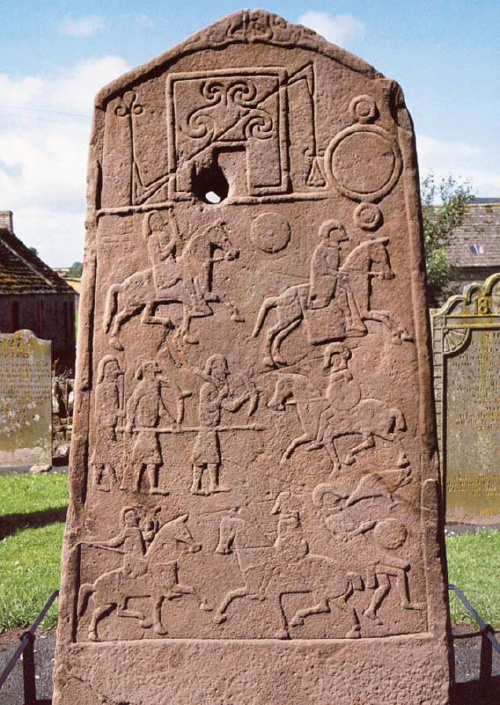
The Aberlemno Stone almost certainly commemorates the Pictish victory over the Northumbrians at the battle of Dunnichen (or Nechtansmere), fought a few kilometres from Aberlemno in AD 685. This Class II Pictish stone depicts Pictish spearmen and cavalry in action.
The Picts are first mentioned by the Roman writer Eumenius in AD 297, more than a century before the Romans left Britain. The word Pict (Picti) was most probably a reference to painted people, people of the designs a reference to their supposed habit of tattooing or painting their faces or bodies. The name is clearly an all-embracing one, covering several North British tribes.
The map produced by the Alexandrian geographer Ptolemy around AD 150 provides a little more information. In Ptolemys map seven tribes are listed in the Pictish heartland: the Venicones, Taezali, Vacomagi, Decentae, Lugi, Smertae and Cornavii, while the Caledonii occupied the central Highlands. On the west coast lay the Caereni, the Carnonacae, the Creones and the Epidii. Evidently, all these tribes were presumably embraced by the term Picti, including the Caledonii, which is sometimes seen as an all-encompassing name, covering the precursors of the Early Historic Picts.
In later Roman accounts the names changed by the early 3rd century AD they were known as the Caledonii and the Maeatae, then the Caledonii and the Picti. In the mid-4th century AD these Picti were further sub-divided into the Verturiones and the Dicalydones. Whatever they were called, it seems that our Early Historic Picts were the descendants of these earlier Iron Age tribes who lived beyond the northern borders of Roman Britain. Forts dotted their territory. While most of these were the crumbling remains of old Celtic hill forts, or small fortified strongholds such as the duns, ring forts and brochs that had served the locals well for almost a millennium, others were new strongholds centres of Pictish power, and sites which guaranteed control of their hinterland. In the coming centuries, these forts would face the onslaught of Scots, Anglo-Saxons and Vikings. The fate of these strongholds would be inextricably linked to that of the Pictish kingdom they were built to protect.

A comparison between six strongholds of the Early Historic period in Scotland, showing the marked difference in size between Burghead, Dumbarton Rock and four smaller but important Pictish or Dal Riatan fortresses (after Alcock).
A reconstruction of the Dal Riatan dun at Kildonan in Argyll, as it might have looked in the 7th or 8th centuries AD. This was more of a fortified homestead than an important stronghold, and was typical of dozens of such structures that dotted the landscape of Scotland.

